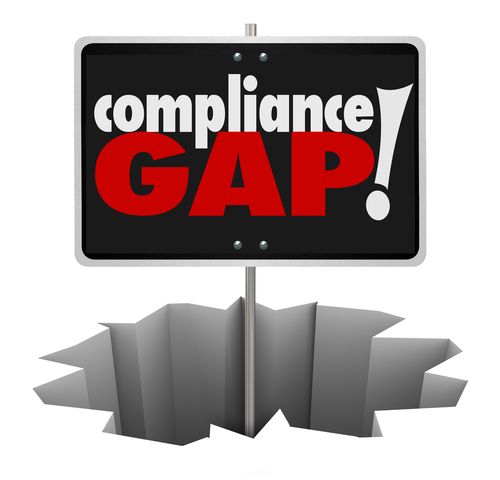The Risk Management Plan (RMP) is a regulatory requirement enforced by the Environmental Protection Agency (EPA). Its goal is to prevent chemical accidents and reduce hazards by ensuring that facilities handling these hazardous substances are properly prepared. This preparation includes having accurate and up-to-date emergency response procedures, including having current emergency contact information for all personnel. Any change to the emergency contact must be updated within 30 days to comply with RMP regulations.
Updating a facilities RMP after personnel changes is easily overlooked but not having a current and accurate RMP can be dangerous during an emergency. Having outdated or incorrect emergency contact information can lead to delays in reaching personnel who need to be informed and involved in the response efforts. Accurate contact information also ensures that relevant employees and emergency responders can be quickly notified about the situation. Compliance with these RMP regulations is not just about avoiding fines; it's also about keeping the environment, employees, and community lives safe. Maintaining updated emergency contact information is a crucial aspect of RMP compliance and is typically the person that EPA will attempt to call for questions regarding the facilities RMP and related regulatory documentation. Failure to have the correct emergency contact information can have serious consequences, including:
- Regulatory fines
- Delayed emergency response and communication efforts
- Increased risks to employee and community safety
- Damage to the organization's reputation and credibility
Ensuring that emergency contact information is updated within 30 days of any personnel change is not just a regulatory requirement; it's an important aspect of protecting lives and minimizing the impact of emergencies. By establishing clear procedures, conducting regular audits, utilizing technology, and emphasizing employee training, facilities can effectively comply with RMP regulations and keep their employees and community safe. When it comes to safety, being prepared can make all the difference.

